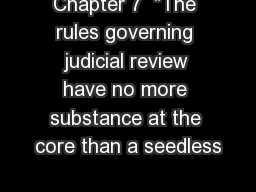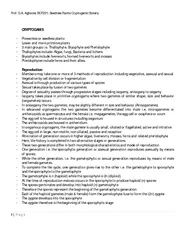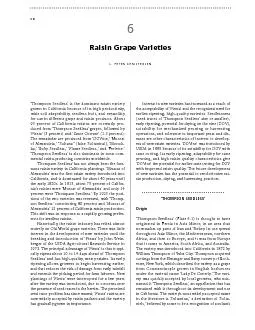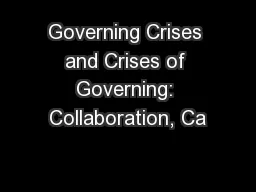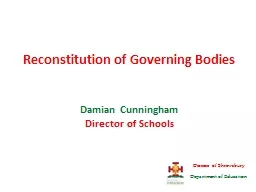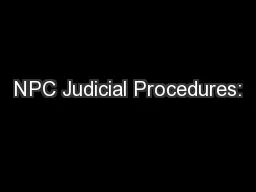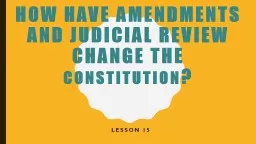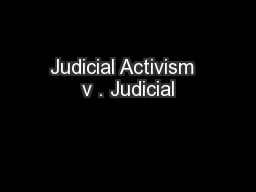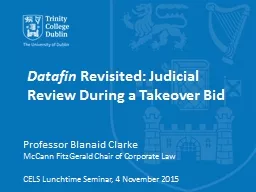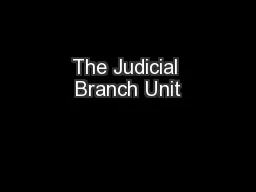PPT-Chapter 7 "The rules governing judicial review have no more substance at the core than
Author : debby-jeon | Published Date : 2018-11-10
2 Judicial Review This is a very unsettling chapter if you are looking for a brightline test for standards for judicial review I have heard very respected federal
Presentation Embed Code
Download Presentation
Download Presentation The PPT/PDF document "Chapter 7 "The rules governing judicial..." is the property of its rightful owner. Permission is granted to download and print the materials on this website for personal, non-commercial use only, and to display it on your personal computer provided you do not modify the materials and that you retain all copyright notices contained in the materials. By downloading content from our website, you accept the terms of this agreement.
Chapter 7 "The rules governing judicial review have no more substance at the core than: Transcript
Download Rules Of Document
"Chapter 7 "The rules governing judicial review have no more substance at the core than"The content belongs to its owner. You may download and print it for personal use, without modification, and keep all copyright notices. By downloading, you agree to these terms.
Related Documents

